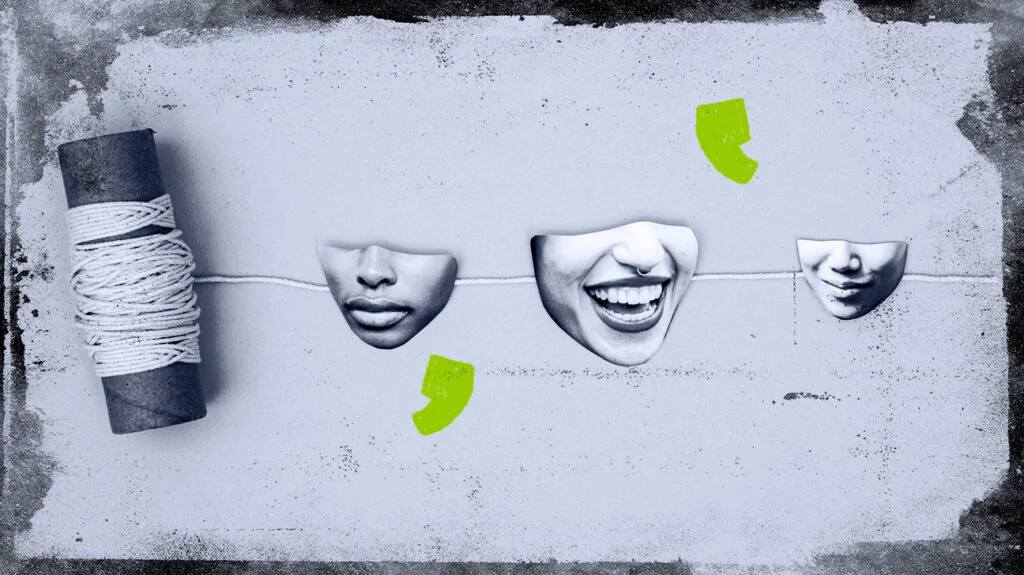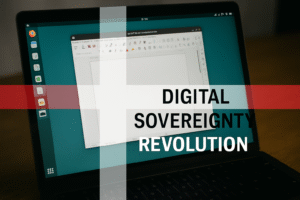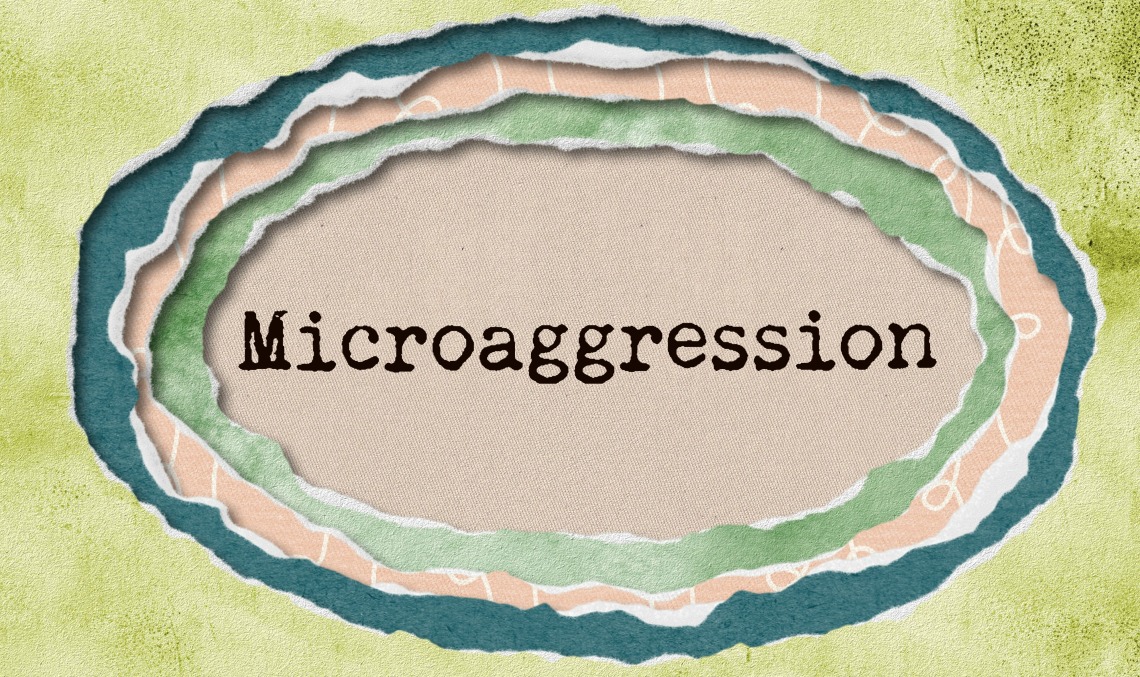Microaggressions are subtle, often unintentional, forms of prejudice or discrimination. They can be verbal comments, offhand remarks, or actions that convey negative attitudes toward a socially marginalized group or an individual within that group. Even though they may not be intentionally harmful, microaggressions can still have a significant impact on the well-being of the person who experiences them.
Table of Contents
ToggleWhat are Microaggressions ? | Exploring Various types of Microaggressions Examples

Racial Microaggressions
Pathologizing Differences: Criticizing cultural styles, values, or practices of a minority group.
For instance, assuming that all Asian people are experts in science and math but not in English literature.
Denigrating and Pigeonholing: Undermining, confining, or exaggerating a person’s mental capacity, behaviors, or appearance based on their race.
For example, assuming that Black people are not capable of competent intellectual conversation.
Excluding and Rendering Invisible: Sending messages that someone doesn’t belong or isn’t seen.
For instance, asking a person of color where they were born or assuming that all people with a particular skin tone share the same culture and values.
Sexist Microaggressions:
Making assumptions about someone’s abilities or behaviors based on their gender.
For example, assuming that women are not good at technology or that men are not nurturing caregivers.
Misogynistic Microaggressions:
Undermining or confining a person based on their gender.
For instance, implying that women are overly emotional or that they should focus on their appearance.
Heterosexist Microaggressions:
Sending messages that assume everyone is heterosexual.
For example, asking a same-sex couple who the “man” or “woman” in the relationship is.
Effects of Microaggressions | Impact of Microaggressions

Psychological Impact: Microaggressions can lead to feelings of anger, stress, anxiety, and decreased self-esteem.
Physical Health: They are linked to physical health issues like headaches, high blood pressure, and difficulties with sleep.
Academic and Workplace Performance: Microaggressions can affect participation, study, and overall well-being.
Stopping Microaggressions | How do you deal with microaggression ?

Individuals: Cultivate self-awareness, empathetic listening, and humility to recognize and mitigate personal biases.
Society: Advocate for education, awareness, and cultural competence to foster inclusive communities.
Corporate: Establish training initiatives and cultivate inclusive workplace environments.
Recipients: Respond assertively, seek community support, and practice self-protective coping strategies. Remember that you don’t have to tolerate microaggressions; you can address them directly and assert your boundaries.
How to address and prevent microaggressions in the workplace? | How to handle microaggressions in the workplace?
Microaggressions are subtle, often unintentional acts of discrimination that can have a significant impact on individuals’ well-being at work. They target various aspects of a person’s identity, such as race, gender, sexuality, socioeconomic background, and mental health.
Here are some strategies for addressing and preventing microaggressions in the workplace:
Education and Awareness:
- Training: Provide education for all employees about what microaggressions are and why they matter.
- Cultural Competence: Foster awareness of biases and stereotypes. Encourage employees to explore their own biases and learn about different cultures and identities.
Open Communication:
- Psychological Safety: Create a workplace culture where psychological safety and `vulnerability are embedded. Encourage open dialogue about microaggressions without fear of retaliation.
- Internal Campaigns: Use internal communication channels to raise awareness about microaggressions. Share real-life examples and encourage dialogue.
- Inclusive Language: Promote the use of inclusive language in all communications.
Clear Policies and Reporting Mechanisms:
- Policy Development: Establish clear policies against microaggressions. Make it clear that your company will not tolerate such behaviour. Also ensure that employees know how to report incidents.
- Reporting Mechanisms: Establish clear channels for reporting incidents. Ensure that employees feel comfortable reporting microaggressions without fear of retaliation.
Leadership Modelling:
- Model Behaviours: Leaders should set an example by avoiding microaggressions themselves. Their actions influence the entire organization.
- Accountability: Hold leaders accountable for addressing and preventing microaggressions within their teams.
Supportive Culture:
- Inclusion Initiatives: Promote diversity and inclusion initiatives. Celebrate different backgrounds and perspectives. Offer support to victims of microaggressions.
- Employee Resource Groups: Encourage the formation of employee resource groups (ERGs) that focus on specific identities or interests. ERGs provide support and advocacy.
Continuous Learning and Evolution:
- Feedback and Adaptation: Regularly seek feedback from employees. Adapt policies and practices based on their experiences.
- Training Programs: Offer ongoing training on diversity, equity, and inclusion. Keep employees informed about best practices.
Employee Resource Groups (ERGs):
- Support ERGs: Encourage the formation of ERGs focused on specific identities or interests. ERGs provide support, advocacy, and awareness.
Regular Check-Ins:
- Feedback and Surveys: Gather feedback from employees to assess the workplace climate. Use surveys to gauge awareness and experiences related to microaggressions.
Incorporate Microaggressions in Diversity Training:
- Diversity and Inclusion Programs: Integrate discussions about microaggressions into broader diversity and inclusion initiatives.
Remember that addressing microaggressions is an ongoing process. By fostering an inclusive and respectful workplace culture, organizations can reduce the impact of microaggressions and create an environment where everyone can thrive 🌟
FAQs
Which actions could be considered microaggressions if they happen repeatedly?
Actions such as making assumptions based on stereotypes, dismissing someone’s experiences, or using insensitive language can be considered microaggressions when they occur repeatedly.
How do microaggressions affect students?
Microaggressions can negatively impact students’ self-esteem, sense of belonging, and academic performance. They can also contribute to feelings of marginalization and exclusion.
How to respond to microaggressions in the classroom?
Responding to microaggressions in the classroom involves addressing the behavior directly, educating others about the impact of their words or actions, and creating a supportive environment where all students feel valued and respected.
What are microaggressions in diversity?
Microaggressions in diversity refer to subtle, often unintentional expressions of bias or discrimination directed towards individuals from marginalized or underrepresented groups based on their race, gender, sexual orientation, or other characteristics.
How to deal with microaggressions?
Dealing with microaggressions involves confronting the behavior assertively, educating others about the impact of their actions, seeking support from allies or authorities, and advocating for systemic change to prevent future incidents.
How to stop microaggressions?
Stopping microaggressions requires creating awareness, fostering open dialogue about diversity and inclusion, implementing training programs, and holding individuals accountable for their behavior.
How to avoid microaggressions?
Avoiding microaggressions involves examining one’s own biases, being mindful of language and actions, actively listening to diverse perspectives, and cultivating empathy and respect for others.
What are microaggressions in a relationship?
Microaggressions in a relationship are subtle, often unconscious behaviors or comments that undermine the well-being and dignity of a partner, based on their identity, background, or characteristics.
Why are microaggressions harmful?
Microaggressions are harmful because they perpetuate stereotypes, erode trust and respect in relationships and communities, and contribute to systemic inequalities and discrimination. They can have serious psychological and emotional effects on individuals, leading to feelings of invalidation, anxiety, and distress.

Jugaad on Two Wheels: The Hilarious Bike Parcel Hack in Karnataka
The Great Karnataka Bike Parcel Hack: A Jugaad Masterclass #RapidoParcel: In a creative yet controversial move, ride-hailing platform Rapido has found a way around Karnataka’s

Denmark’s Digital Sovereignty Revolution: Linux and LibreOffice Lead the Way
Introduction to Denmark’s Bold Move In June 2025, Denmark’s Ministry of Digital Affairs made headlines by embracing digital sovereignty, ditching Microsoft Windows and Office 365

🏏Sports as a Business Strategy: Insights from Vijay Mallya’s RCB Ownership
🧠 Sports as a Business Strategy (Tool) In modern business, few platforms offer better engagement and emotional connection than sports. From football clubs in Europe

🙏 Apologies in Leadership: Vijay Mallya Public Apology
🧠 Introduction: The Role of Apologies in Leadership In the corporate world, apologies aren’t signs of weakness—they’re strategic acts of leadership. When made with sincerity

Audiobook Production Costs: Navigating Recording Artists, Studio Expenses, and AI’s Impact
The audiobook industry is booming, with over 130 million listeners in the U.S. alone in 2021 and a growing global appetite for audio content. Producing

Media Trial of Vijay Mallya: How Public Perception Shaped Vijay Mallya’s Legacy
Introduction: Media’s Influence on Business Narratives In today’s hyper-connected world, media narratives can make or break a business reputation. For Vijay Mallya, once known as


Some genuinely fantastic information, Gladiola I found this.
Thank you !!!